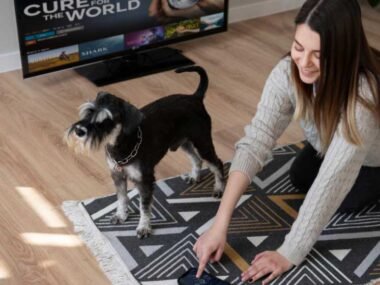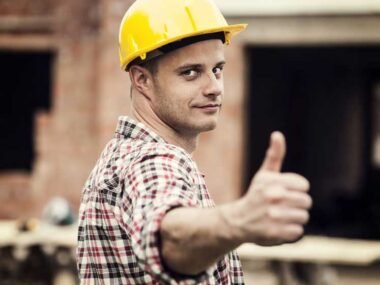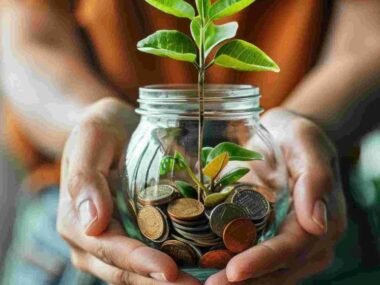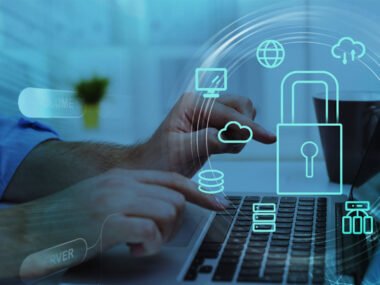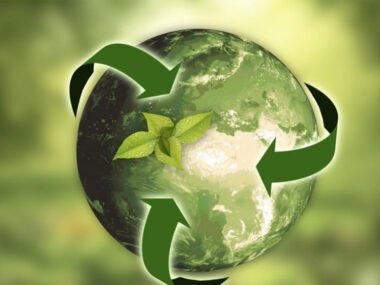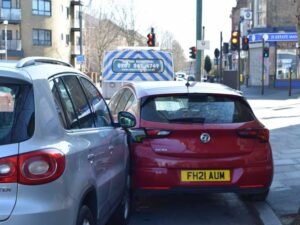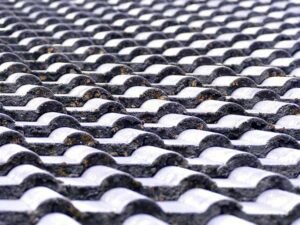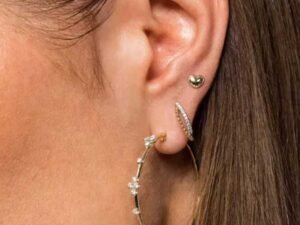Artificial intelligence is the next frontier of digital technology. While technology has been traditionally associated with science and engineering fields such as data analysis and automation, people are beginning to find more creative ways to use AI technology in everyday life.
One of the most popular uses of AI in recent years is in the world of art, where artificial intelligence is used by artists to create music, graphics, literature, and other works of art. Generative AI models and other tools have become quite valuable for artists, who employ them in every way possible to improve and enhance their art. In this article, we will explore the various ways AI is transforming art and creativity today and possible trajectories for the future.
Inspiration and Idea Generation
Every work of art begins with an idea in the artist or creator’s mind. Collaborating with AI tools is one way artists can speed up the process of idea generation, overcome creative blocks, or find new ideas in unfamiliar territories.
A human artist’s creativity draws inspiration from their limited experience of the world. AI, on the other hand, can analyze vast amounts of data within seconds, generating several unique concepts. So even when AI isn’t used to create art in itself, the ideas generated can inspire an artist to create their next masterpiece.
Artists will also explore diverse concepts that they’re typically unfamiliar with through the creative spark generated by leveraging AI. For instance, a writer or poet can get AI-generated prompts in the form of a starting sentence, idea, or even an entire paragraph, which will serve as a springboard for launching an entire creative narrative.
The table below is a list of some common AI tools that can be used by artists and their use cases:
| Artbreeder | Ideation | Evolving and manipulating existing images |
| Runway ML | Experimentation & Prototyping | Image and video manipulation and generating unique visual effects |
| Deep Dream Generator | Experimentation & Prototyping | Creating surreal and dreamlike images that explore the interplay of textures and patterns |
| Adobe Sensei | Production & Refinement | Enhancing images and video and improving workflow efficiency |
| Procreate Pocket | Sketching & Drawing | AI-powered features for sketching, inking, and coloring |
| AIVA | Music Composition | Generating original music scores |
Art Creation
Beyond just generating prompts and ideas, AI models are advanced enough to create entire works of art from scratch or in collaboration with human artists. In visual art and design, an AI-generated image can be used as a starting point for more complex creations by an artist. AI can also create patterns, transform images, or generate a unique art composition which a human artist can then incorporate into their work.
Similarly, musicians may leverage AI to create tunes, melodies, and even entire music pieces from scratch. Such advanced generative AI tools will analyze existing music compositions, styles, and genres to create an original music composition that’s as close to human as possible.
The following are some real-life examples of AI-generated art:
AI-Generated Portrait
In 2018, a Paris-based art collective known as Obvious used a generative adversarial network AI to create a portrait. The GAN was trained using over 15,000 portraits painted by various artists between the 14th and 20th centuries. The AI-generated painting named “Portrait of Edmond de Bellamy” was eventually sold for $432,500 at Christie’s auction house, marking the first piece of AI-generated art to be sold at a major auction house.
AI Music
In 2016, Luxembourg-based tech startup AIVA (Artificial Intelligence Virtual Artist) created the world’s first AI composer to be recognized by a music rights organization. The original classical music generated by this AI has been used in movies, advertising, and other media forms. The AI has even created an entire album called Genesis, which consists of several symphonic pieces.
AI Writing
Writing is one of the most popular art niches where artificial intelligence has been heavily adopted. Tools like Jasper and ChatGPT have been helping businesses and professionals create marketing copy, social media posts, and blog articles for years.
These AI models have gotten significantly better over the years, with some models perfecting writing to an almost human-level art form. In 2020, the popular British media house, the Guardian, published an op-ed piece written entirely by OpenAI’s GPT-3 generative AI. The piece titled, “A robot wrote this entire article. Are you scared yet, human?” was the first official newspaper article to be generated entirely by AI, stirring conversations about the future of journalism and the rise of AI media.

Authenticating Art
Authenticity is one of the most important commodities in the art world, especially since the value of an artwork often depends on its provenance. While forgery has always been a problem in the art world, it has gotten more difficult to combat over the years, with art forgers developing more sophisticated methods to beat visual and scientific tests.
Expert forgers can reverse engineer scientific tests, recreate historic pigments, and manipulate carbon dating measurements. As a result, experts are coming up with new ways to stay ahead of the curve, and AI fraud detection might just be the key. So while AI might be creating problems in the form of deepfakes and similar creations, AI detectors are also stepping up their game in identifying fakes.
AI adds a layer of efficiency to the process of verifying art by introducing some advanced computational power into the game. With AI-powered pattern recognition, vast amounts of data can be analyzed to identify subtle patterns and determine the authenticity of an artwork with unprecedented accuracy.
Example of AI Fraud Detection at Work
Hephaestus is one of the companies working to deploy artificial intelligence in authenticating artwork. The company’s Pictology AI uses stylometric algorithms to identify artworks and has demonstrated up to 98.2% accuracy, based on a recent case study that compared the work of Canaletto and Bellotto. Using high-resolution images captured from a medium-format camera, Pictology is trained on a homogenous data set with fixed variables.
Enhancing Art
While AI can create art on its own, many argue that it simply can’t recreate the special touch that a human artist brings to any artistic creation. As a result, many people believe in using AI to enhance human artwork rather than creating art from scratch with it.
For instance, Adobe Sensei is one such tool that can assist designers in creating digital art. Acting as a smart assistant, this AI tool can carry out edits such as color correction, object selection, and so on faster than human artists. This allows digital artists to focus more on the creative part of their work while the AI handles the finishing touches, adding precision and vibrancy to completed artwork.
Other AI-powered tools that can be valuable to artists in their creative process include:
- NVIDIA Canvas
- Artbreeder AI
- RunwayML
- Artfinder
Conclusion
As artists and creators use AI more, it is evident that this technology offers numerous benefits, from sparking creativity to working autonomously and collaboratively to create art. However, many artists are also concerned about the ethical challenges that this technology introduces, as well as its limitations. Anyone looking to leverage AI in artistic creations has to consider all of these, gauge the risk, and determine how the technology could improve their artistic process.

